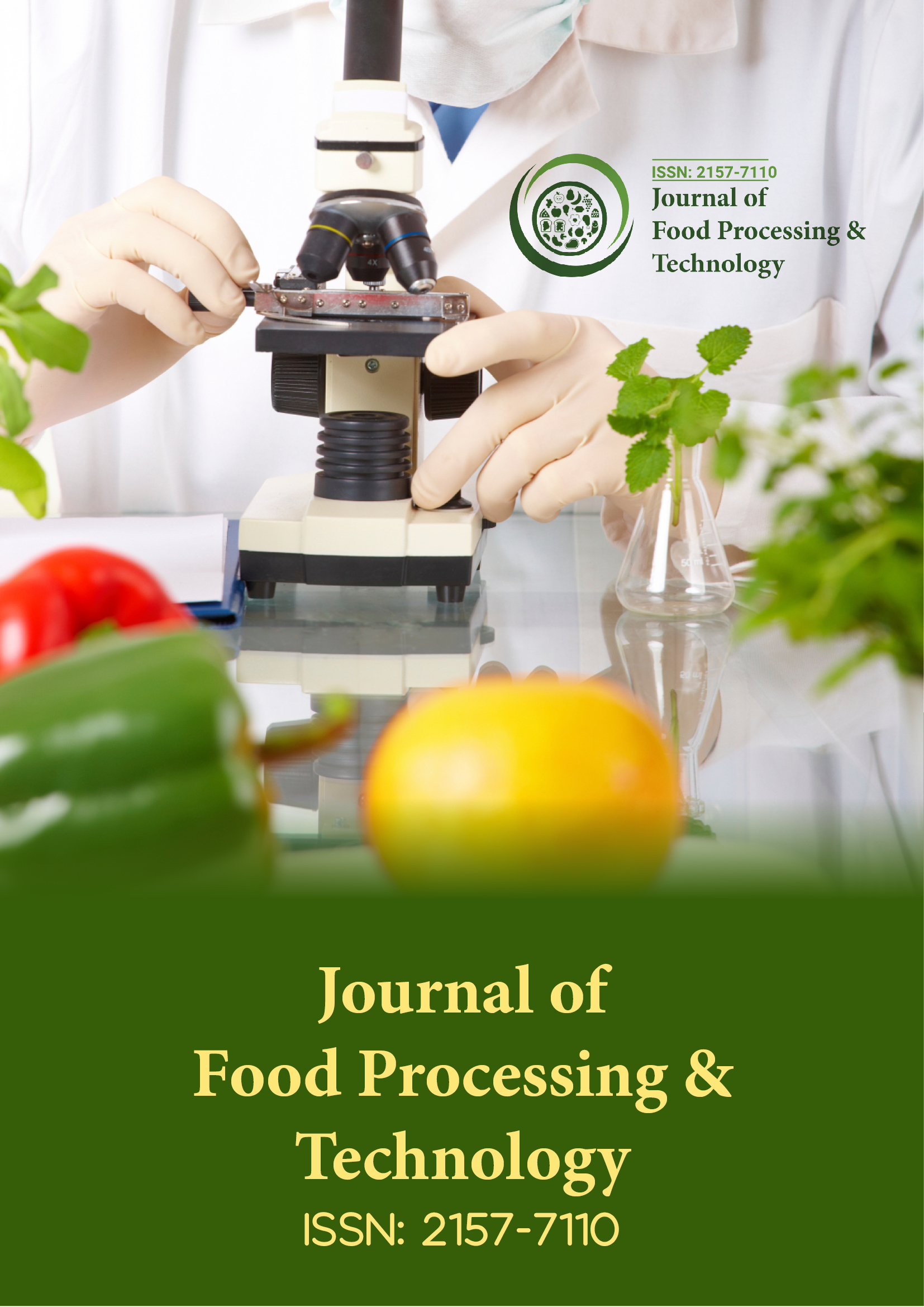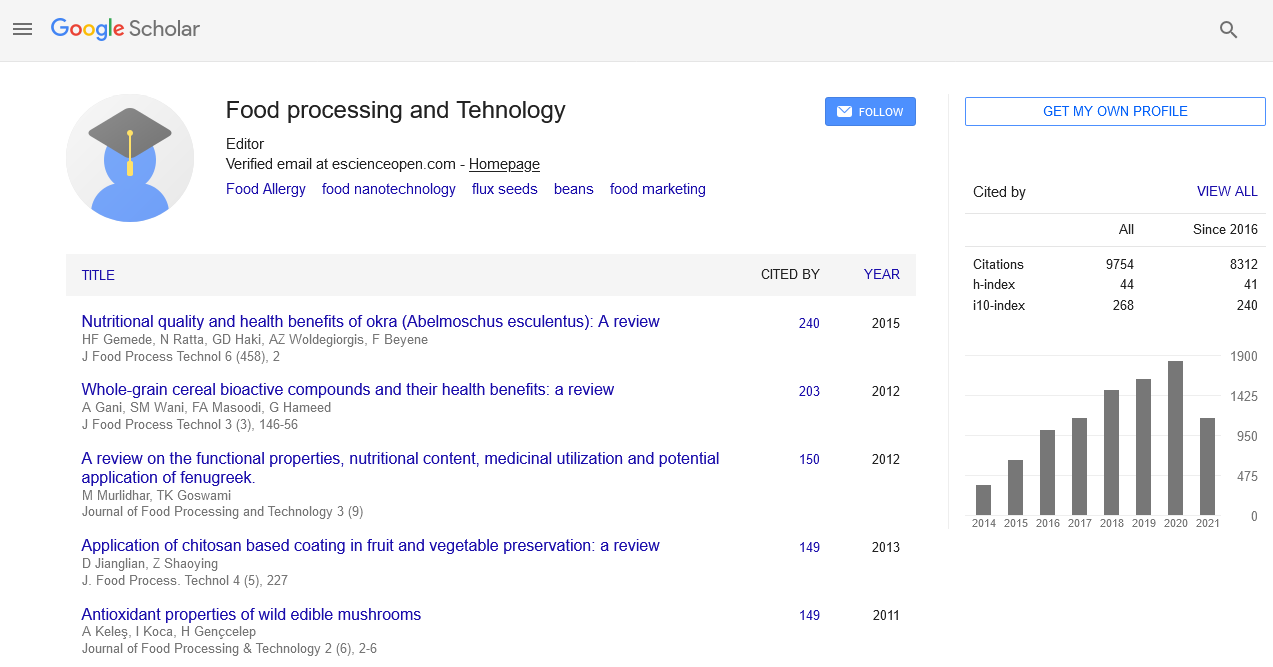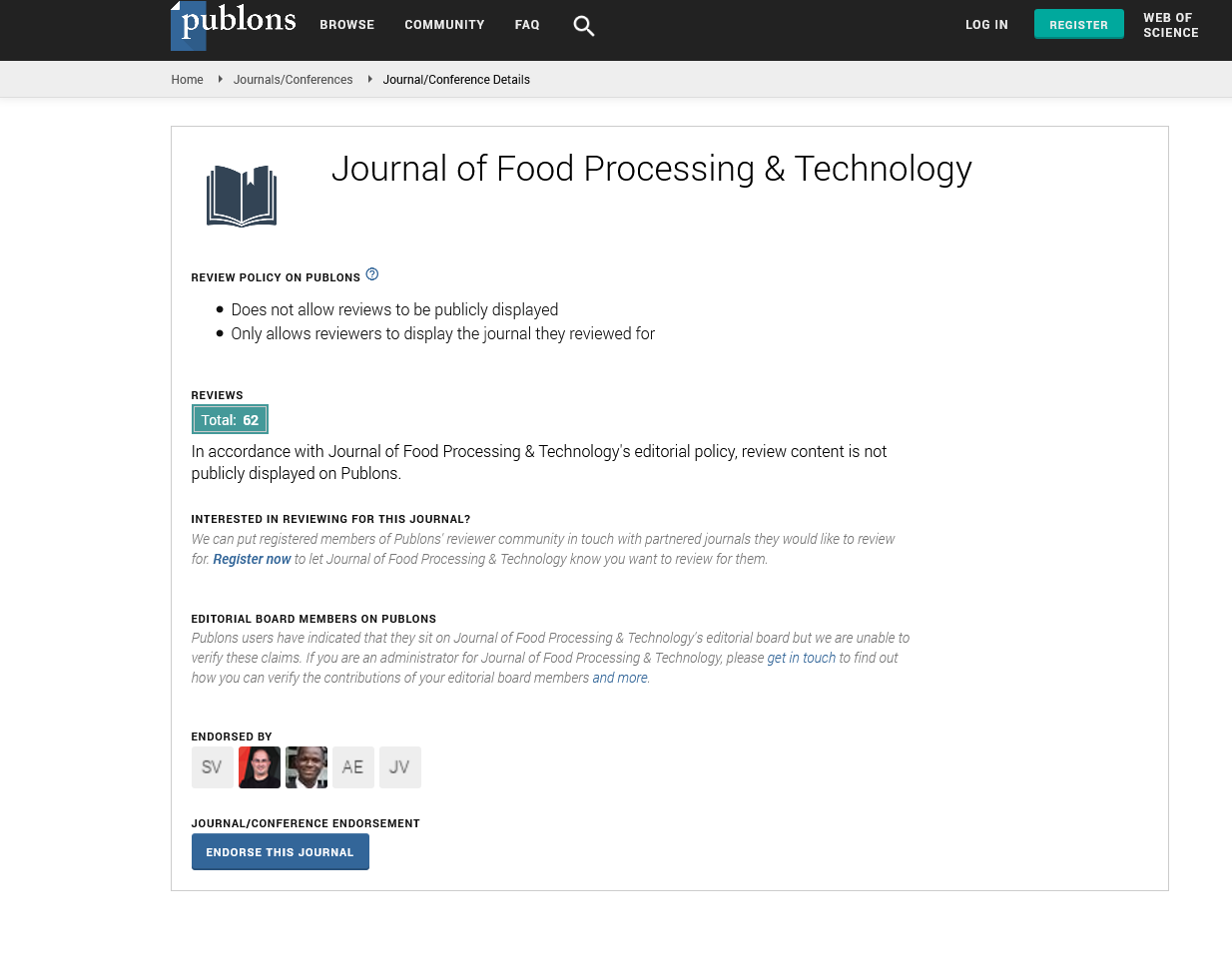Indexed In
- Genamics JournalSeek
- Academic Keys
- JournalTOCs
- China National Knowledge Infrastructure (CNKI)
- Access to Global Online Research in Agriculture (AGORA)
- Centre for Agriculture and Biosciences International (CABI)
- RefSeek
- Directory of Research Journal Indexing (DRJI)
- Hamdard University
- EBSCO A-Z
- OCLC- WorldCat
- Scholarsteer
- SWB online catalog
- Publons
- Euro Pub
- Google Scholar
Useful Links
Share This Page
Journal Flyer

Open Access Journals
- Agri and Aquaculture
- Biochemistry
- Bioinformatics & Systems Biology
- Business & Management
- Chemistry
- Clinical Sciences
- Engineering
- Food & Nutrition
- General Science
- Genetics & Molecular Biology
- Immunology & Microbiology
- Medical Sciences
- Neuroscience & Psychology
- Nursing & Health Care
- Pharmaceutical Sciences
Photosynthetic response of maize to nitrogen fertilization in the semiarid western Loess Plateau of China
3rd Global Food Security, Food Safety & Sustainability Conference
May 21-22, 2018 | New York, USA
Shirley Lamptey
University for Development Studies, Ghana
Posters & Accepted Abstracts: J Food Process Technol
Abstract:
In rainfed, dry areas are often challenged by inadequate water and nutrient supplies. Responses to these challenges include adequate fertilization, but it is unknown whether different nitrogen (N) rates from that commonly used in the Loess Plateau can alleviate this issue. Field experiments were conducted over three cropping seasons to investigate the effect of different N fertilization levels on soil water dynamics, photosynthetic activity and grain yield of maize (Zea mays L.) grown in the western Loess Plateau of China. Fertilizer was applied during planting at rates between 0 and 300 kgNha‚??1 at regular increments of 100 kgNha‚??1 (referred to as N0 and N300, respectively) and treatments were arranged in a complete randomized block design. Results showed that water using efficiencies in the N200 and N300 treatments were ~60% higher than N0 and N100 (P<0.05), which translated into increased crop biomass and therefore grain yield was 70‚??80%. These observations were consistent with all measurements of photosynthetic traits and suggested that, under the conditions of this study, the ecophysiological response of the crop may be optimized at N application rates in the range of 200 to 300 kgha‚??1, depending on soil water availability. Agronomic efficiency calculations at this level of N fertilization reported consistently higher values and consequently suggested that environmental losses of applied fertilizer N were small. The current experimental results for the N application rates in the range of 200 to 300 kgha‚??1 could be useful for improving N fertilizer and soil water management practices of maize production while maintaining a relatively stable yield level in rainfed dry areas. Future work should focus on optimizing timing and improving the placement of fertilizer N applied to maize. naalamp2009@yahoo.com


